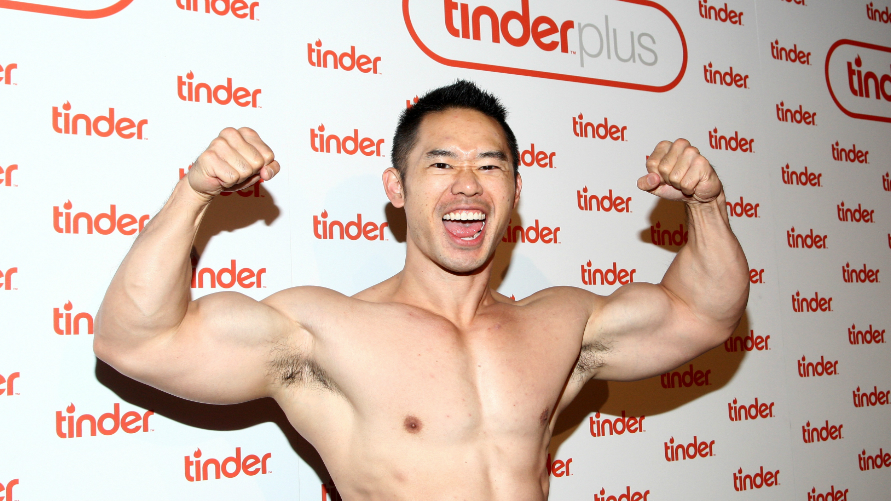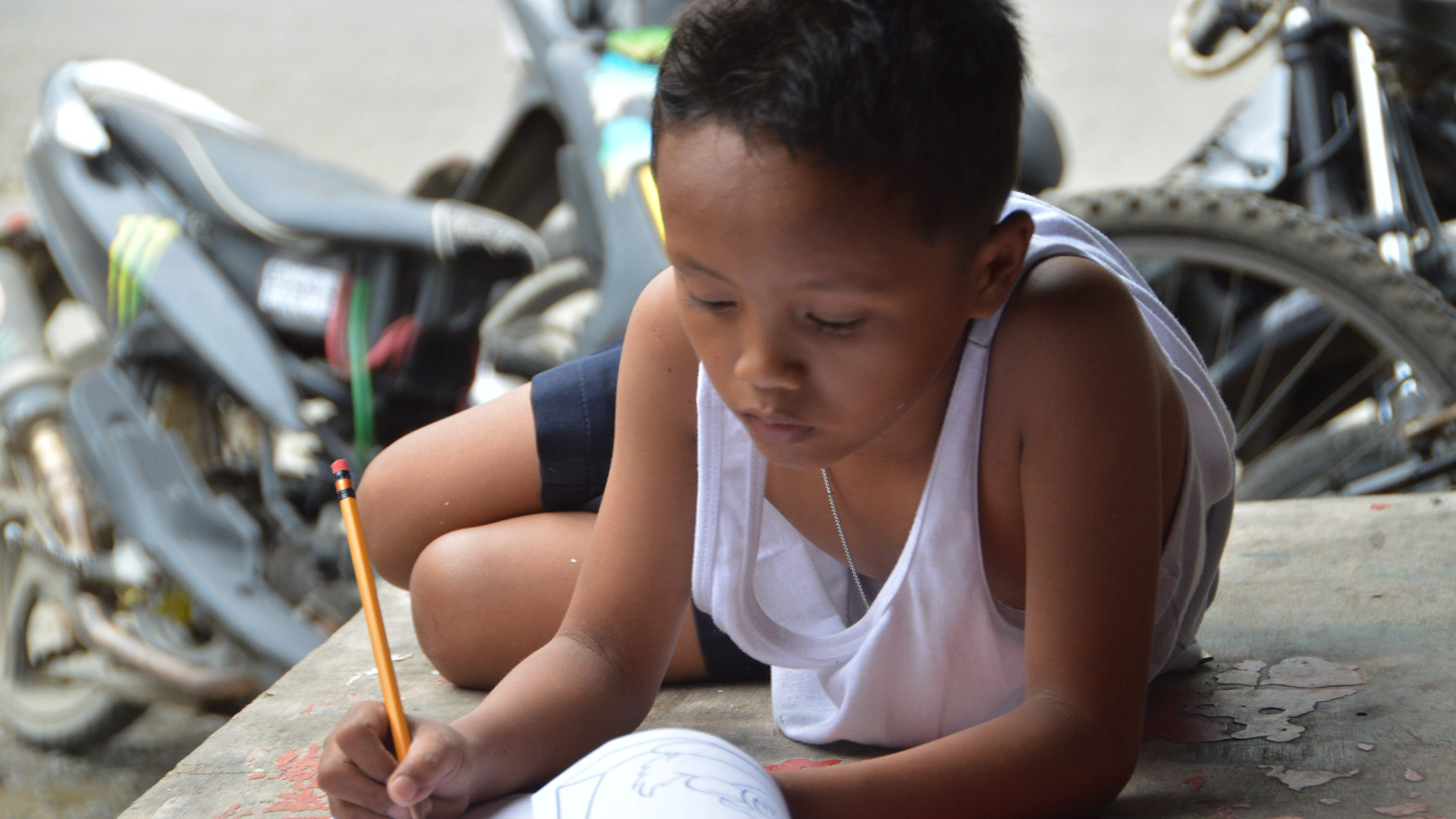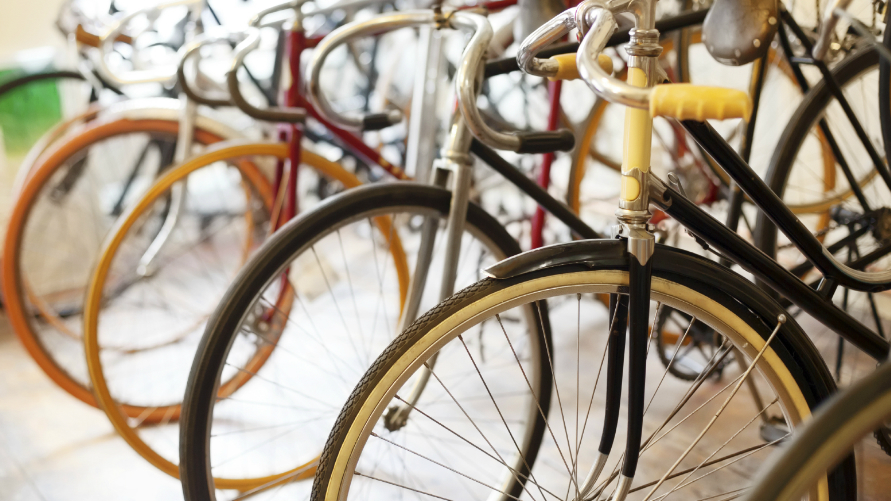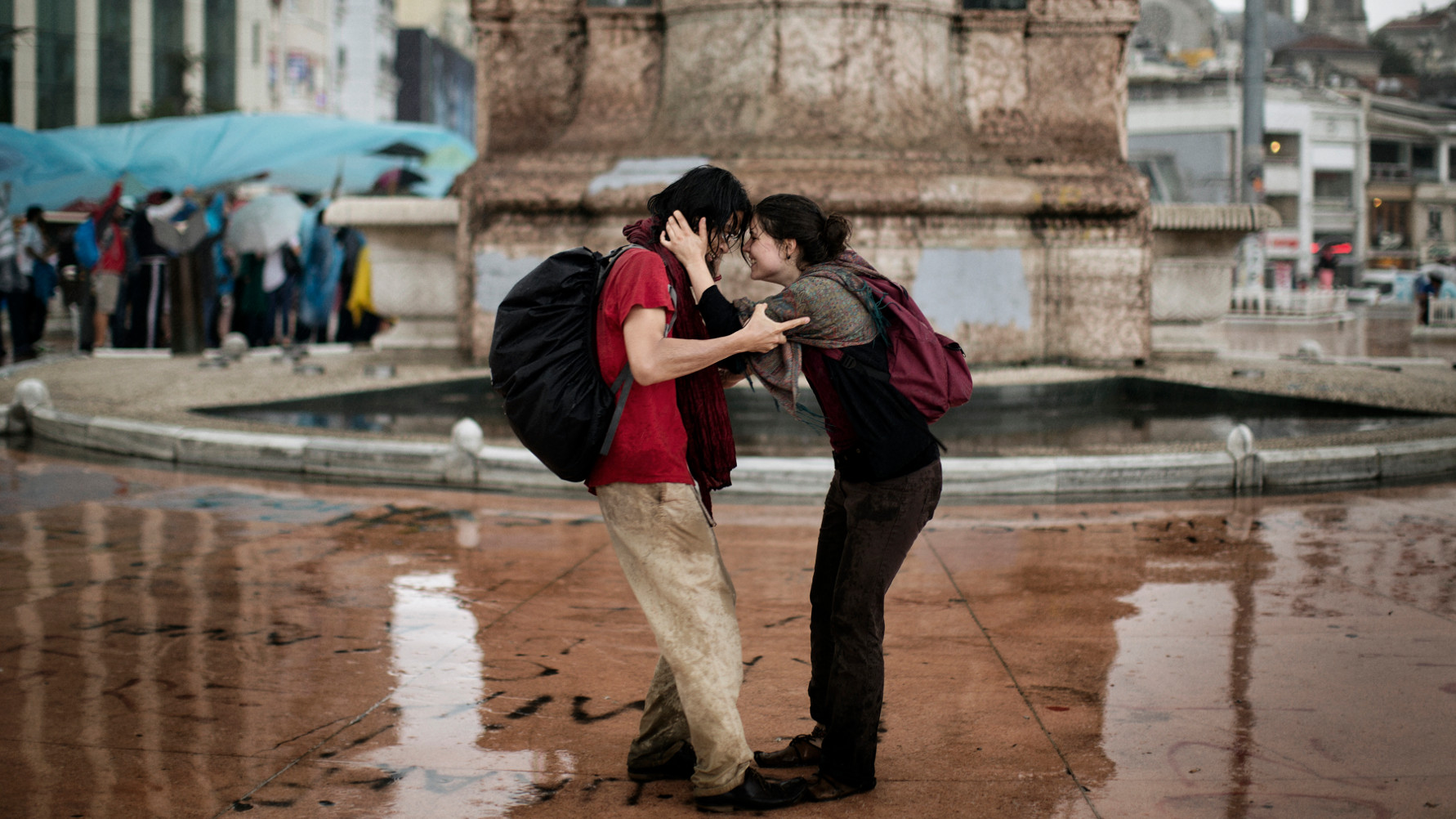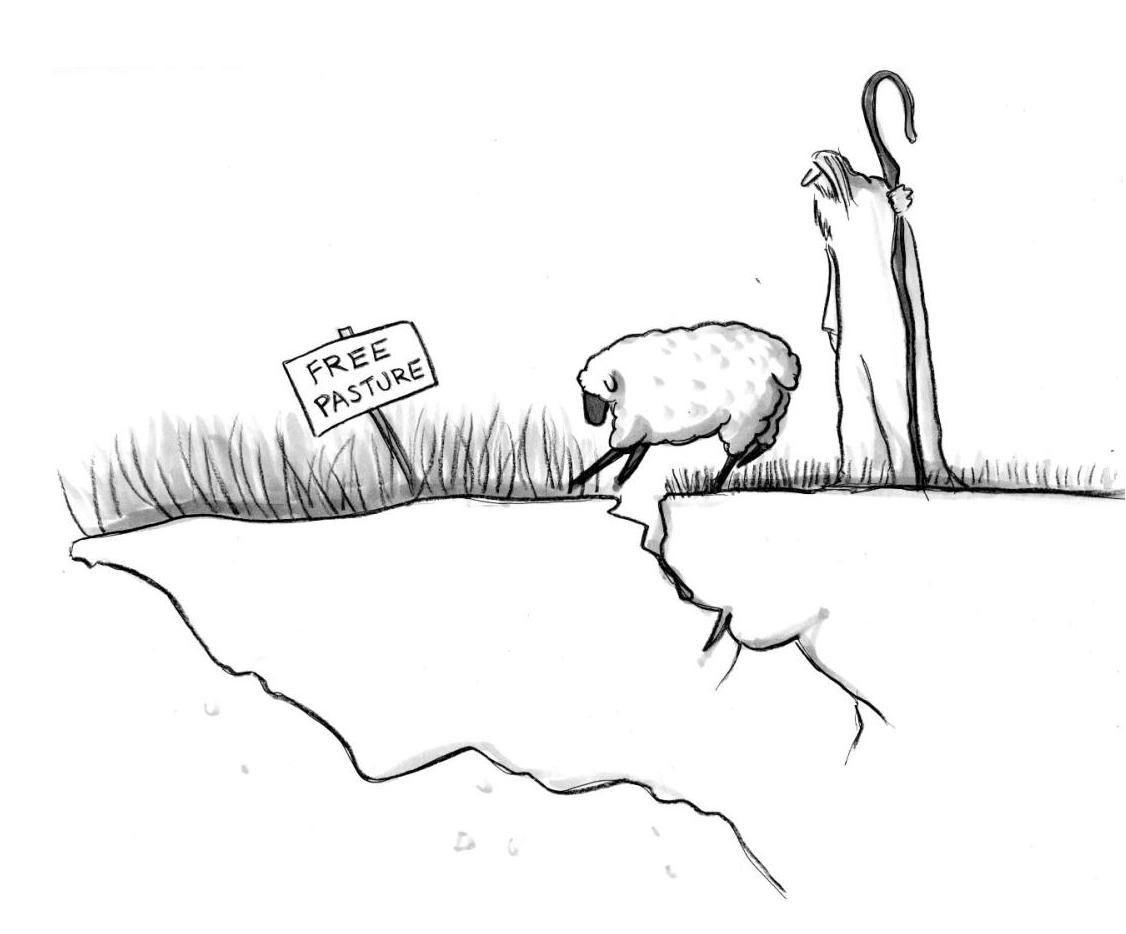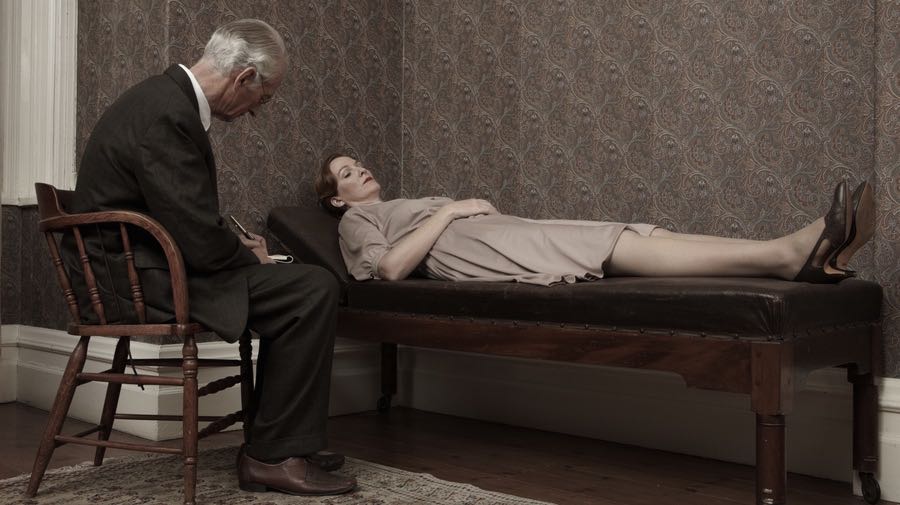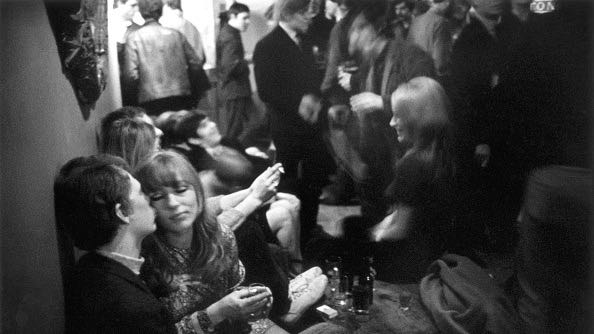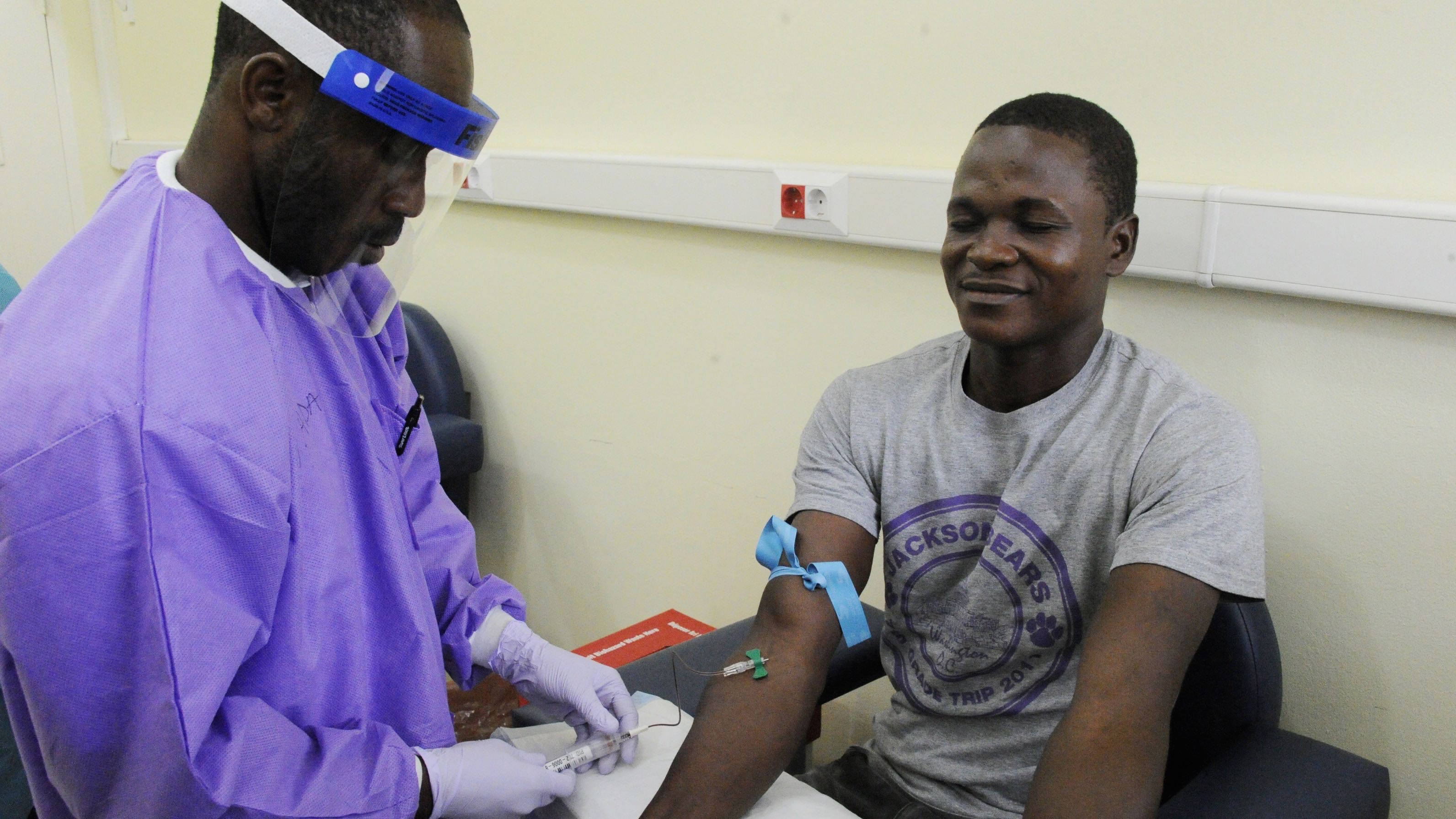Culture & Religion
All Stories
On this week’s episode of Brand Deathmatch: Vanity Fair vs. Tinder.
Professional bodybuilders say the amount of muscle Jake Gyllenhaal gained in six months is impossible without the use of performance enhancing drugs.
As of 2014, outstanding student loan in the U.S. is $1.16 trillion. SponsorChange is helping graduates repay their loans by volunteering.
The barrier to understanding math may be more psychological than we thought.
Did you know that in 2014 the top 25 hedge fund managers in the U.S. were paid a collective $11.6 billion?
Nashville-based Ride for Reading began as an elementary school teacher’s endeavor to put books in the hands of low-income children.
In the murky land of Twitter, a war rages online- and offline as comedians attempt to protect their writing from other writers.
Women feel the effects more harshly, whereas it takes a while for men to let those feelings sink in.
A key thought experiment, the “tragedy of the commons,” is widely misunderstood, especially among certain kinds of economists. Elinor Ostrom won a Nobel Prize for showing how irrational they can be.
I was misdiagnosed as bipolar largely as a result of the pervading gender bias in ADHD diagnosis, and that is indicative of a really big problem.
You’d think divorce lawyers would be making a killing over something like this. Apparently not.
The freedom and opportunity that going away to college offers correlates with higher rates of depression and anxiety.
If you’re a new mom or dad, it’s a really good time to work for Netflix.
One of UK’s biggest retailers shows us how zero waste to landfills is done.
The next wave of retirees will be more tech-savvy than ever.
A vaccine that did not exist a year ago has proven 100 percent effective at preventing people who are at extremely high risk of infection from contracting the Ebola virus.
The separation between our reality and the reality of the rest of animal life — the “man given dominion” nonsense — is a façade that’s slowly eroding.
“When I think of art, I think of beauty. Beauty is the mystery of life,” minimalist artist Agnes Martin once explained. “It is not in the eye; it is in my mind. In our minds there is awareness of perfection.” In the first comprehensive survey of her art at the Tate Modern, in London, England, the exhibition Agnes Martin strives to guide viewers to that “awareness of perfection” Martin strove to embody in her minimalist, geometrically founded art. Rather than the cold, person-less brand of modernist minimalism, Martin’s work personifies the warm humanity of Buddhist editing down to essentials. At the same time, surveying Martin’s art and thinking allows us to revisit the feminist critiques of minimalism and shows how Martin’s stepping back from the bustle of the New York art scene freed her to find “a beautiful mind” — not just for women, but for everyone.
We have the ability to reach many more people than ever before in history with our stupidity.
Just 10 years ago, the suicide-prevention community consisted mainly of families who had been affected by the suicide of a loved one. Today, it numbers in the hundreds of thousands.
These findings suggest that “across the American life course, there is a large amount of income volatility.”
The Americans with Disabilities Act took effect exactly 25 years ago today. What is its legacy?
When the Whitney Museum of American Art decided to stage in 1948 their first exhibition of a living American artist, they chose someone who wasn’t even an American citizen, but only legally could become one just before his death. Painter Yasuo Kuniyoshi came to America as a teenager and immersed himself in American culture and art while rising to the top of his profession, all while facing discrimination based on his Japanese heritage. The exhibition The Artistic Journey of Yasuo Kuniyoshi, which runs through August 30, 2015 at the Smithsonian American Art Museum in Washington, DC, unveils an amazing story of an artist who lived between two worlds — East and West — while bridging them in his art that not only synthesized different traditions, but also mirrored the joys and cruelties of them.
Our neighborhoods play with our perceptions about the state of wealth, influencing our opinions on wealth politics.
“Teamwork is the signature adaptation of” humanity, says David Sloan Wilson. And our ancestors evolved ruthlessly cooperative means of ensuring productive social coordination.
If you avoid the common errors of reasoning that lead large majorities of subjects to do the irrational thing on repeated experiments, you may justly gloat a little.
Technology and old age are not typically in the same sentence, let alone discussion. However, the recent White House Conference on Aging highlighted the multiple opportunities to use technology as a force multiplier not just to live longer, but to live (and care) better.
The Internet is a different beast altogether, and instead of catering to the interest of journalists, candidates can/must appeal to the masses.
Bruce Pon, the CEO and co-founder of ascribe, believes that creators should be at the center of the digital economy and that consumers, if provided with an easy and convenient way, will choose the option to reward the creators rather than pirate their work.
